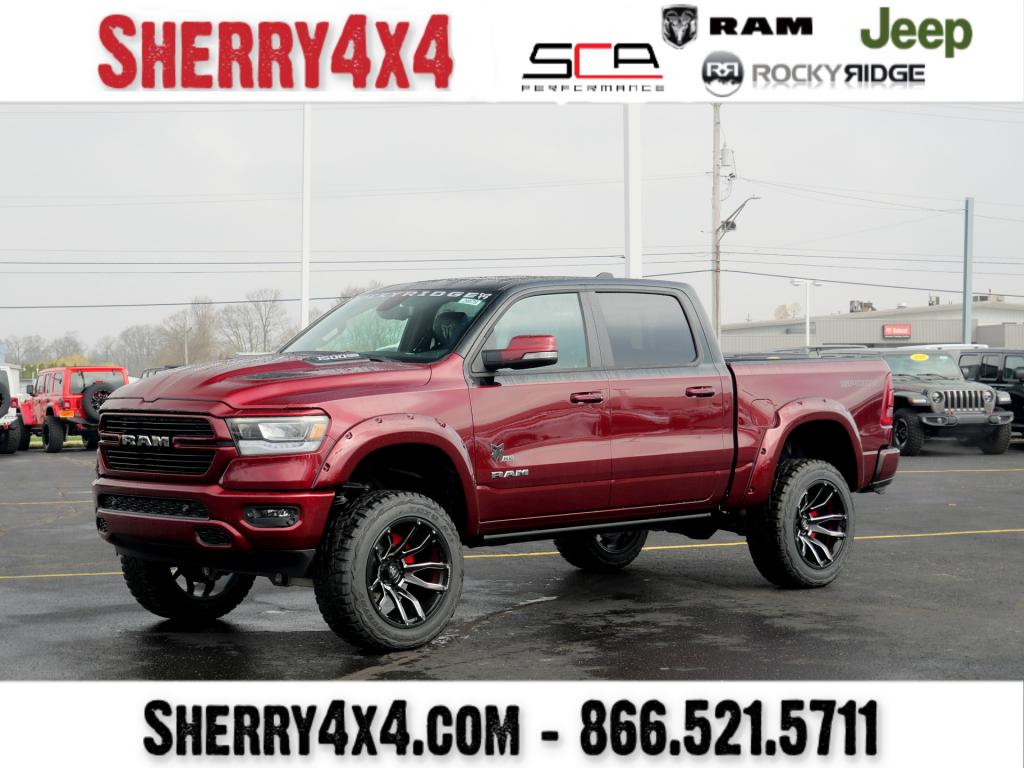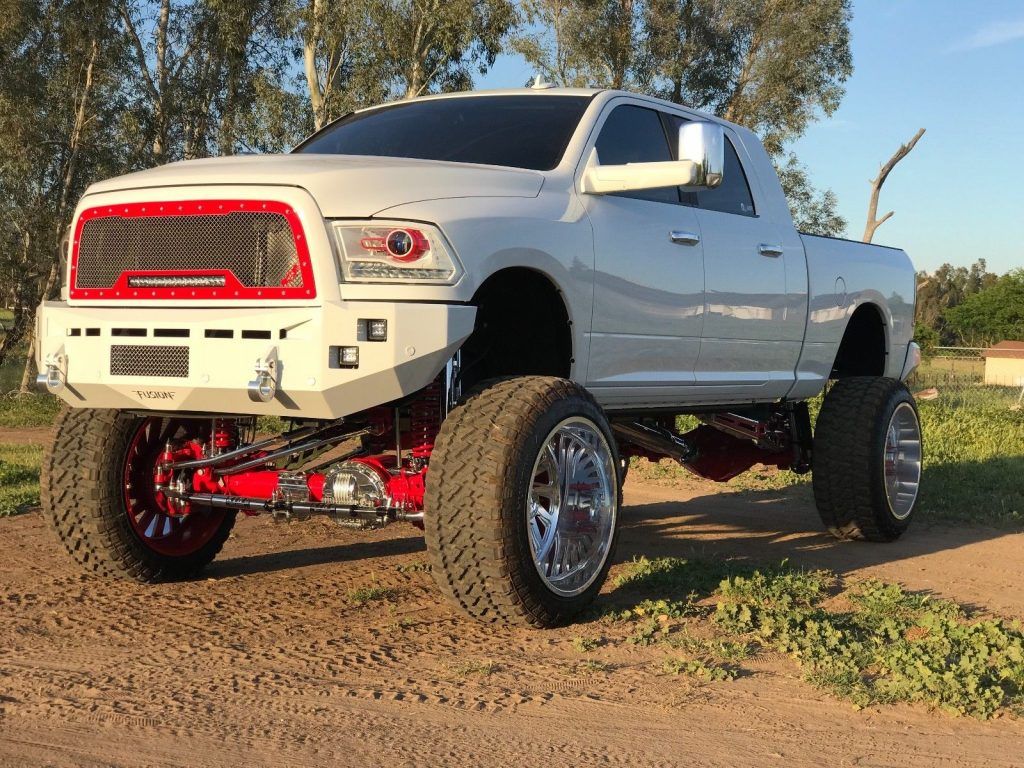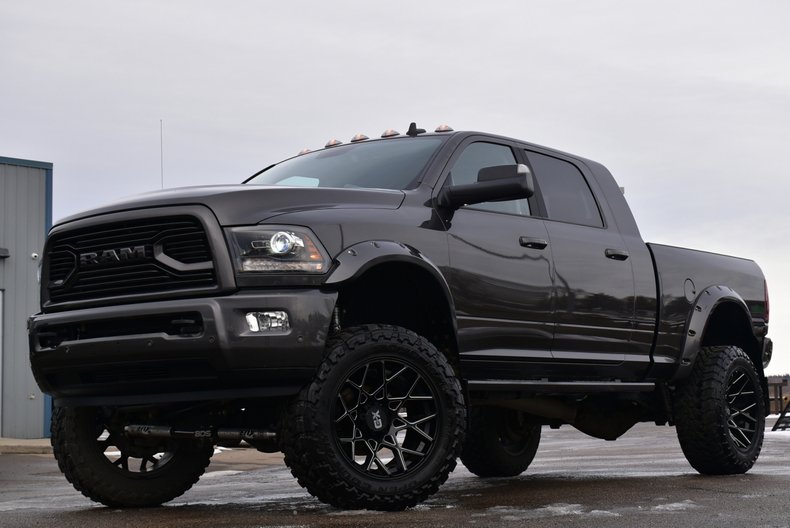Lifted Rams For Sale – Whether through local thrift stores, online marketplaces, or garage sales, the option to buy pre-owned items has created a flourishing market that continues to grow. People can be bought and sold in the form of labor, for example, and loyalty can be traded for material gain. There are communities that exist outside the realm of traditional commerce, where sharing, collaboration, and mutual support take precedence over profit. The dynamics of a sale can vary dramatically depending on the context. Influencers sell their attention, their opinions, their lives — all of it has become a form of commerce. Historically, many products were made by local craftsmen, and there was a direct relationship between the creator and the consumer. Workers are often paid meager wages for their labor, while corporations amass wealth. In this broader sense, the concept of “for sale” is not just about the exchange of goods; it’s a driving force in the global economy, influencing how people live, work, and interact with the world around them. The digital age has also transformed the way things are bought and sold. It can be a metaphor for much deeper exchanges in life. The idea that everything has a price, and that everything is for sale, may seem like a grim outlook, but it’s one that has become increasingly true. Social media platforms, for example, offer users a chance to buy into their own identity, to curate a version of themselves that is more appealing, more desirable, more marketable. After the sale is complete, the buyer assumes responsibility for the business and takes control of its day-to-day operations. Thrift stores, estate sales, and online marketplaces are excellent places to find second-hand furniture, with options ranging from antique and vintage pieces to more contemporary items. For when everything is for sale, it’s easy to forget that the most important things in life are not commodities; they are experiences, relationships, and moments of connection that cannot be measured in dollars and cents. On one hand, there’s the potential for an established client base, proven systems, and a recognizably brand name. A business for sale is not always as it appears on the surface, and the buyer must examine the company’s financial statements, contracts, debts, and even its customer relationships before deciding whether to proceed with the transaction. In the end, the phrase “for sale” is about more than just the exchange of money for goods or services. People are increasingly looking for quality over quantity, preferring items that are durable, timeless, and well-made. In the realm of real estate, for instance, selling a house is often an emotional and logistical challenge.

Lifted 2020 Ram 1500 Rocky Ridge Trucks K2 29578T Sherry 4×4
Locate a gmc dealerpowerful engine optionsdelivers performance

Dodge Ram 1500 Lifted Truck For Sale
Locate a gmc dealerpowerful engine optionsdelivers performance

2008 Dodge Ram 2500 Custom Turbo Diesel 4X4 Lifted Monster for sale
Locate a gmc dealerpowerful engine optionsdelivers performance

Lifted 2022 Ram 1500 Rocky Ridge Trucks K2 30666T Sherry 4×4
Locate a gmc dealerpowerful engine optionsdelivers performance

Used Lifted 2015 Dodge Ram 1500 4×4 Truck For Sale Northwest Motorsport
Locate a gmc dealerpowerful engine optionsdelivers performance

Lifted ram 1500 for sale in illinois Artofit
Locate a gmc dealerpowerful engine optionsdelivers performance

Dodge Ram 1500 20192022 4WD W/ Factory Air Suspension Ready Lift 6
Locate a gmc dealerpowerful engine optionsdelivers performance

very low miles 2017 Dodge Ram 2500 Laramie Limited lifted Lifted
Locate a gmc dealerpowerful engine optionsdelivers performance

Used Lifted 2012 Dodge Ram 1500 Laramie 4×4 Truck For Sale 39286
Locate a gmc dealerpowerful engine optionsdelivers performance

2018 Ram 2500 Laramie Mega Cab Lifted! for sale 108680 MCG
Locate a gmc dealerpowerful engine optionsdelivers performance
Sellers also have to deal with the emotional aspects of letting go of a business that they may have built over many years. These concepts, they say, are too sacred, too important to be reduced to mere transactions. Each item was unique, and the quality was immediately apparent to the buyer. For buyers, the process typically starts with identifying a business that aligns with their interests, skills, and goals. This revival can be attributed to a combination of economic factors, growing awareness of environmental issues, and a shift in consumer attitudes toward sustainability and the value of pre-owned items. In some cases, sellers may be willing to offer financing options, where they agree to receive payment over time, which can make the business more attractive to potential buyers. The advent of these online platforms means that consumers can hunt for items they might have otherwise overlooked or been unaware of, sometimes at a fraction of the original cost. Many online platforms also allow buyers and sellers to leave feedback and reviews, helping to build trust and credibility in the transaction. The result is a society that increasingly prioritizes consumption over connection, profit over meaning, and exchange over understanding. The practice of buying and selling second-hand items has been around for centuries, but in recent years, it has seen a resurgence. People are rediscovering the value of items that have been made by hand, with care and skill, as opposed to the impersonal, assembly-line products that dominate the marketplace. In some cases, it’s not just objects that are for sale, but entire industries or institutions. This shift in mindset has contributed to a growing acceptance and even celebration of second-hand shopping, making it a mainstream activity that is not just about saving money but about making more thoughtful and responsible choices. When people buy second-hand items, they are extending the life cycle of those goods, which means fewer products end up in the trash. Negotiation is often the most delicate part of the sale process. Thrift stores often carry a wide variety of goods, from clothing and accessories to furniture, books, and electronics, and each item comes with its own story. Yet, even within this system, there is room for hope. This has made it easier for people to find items that might have otherwise been out of reach, whether it’s a rare collectible, an antique, or a product from another country. These brick-and-mortar stores offer a different shopping experience, one that is often characterized by the thrill of the hunt. Many quality goods are made by artisans or small businesses who take the time to create products that reflect their expertise and passion.
The concept of a circular economy, where products are reused and repurposed instead of discarded, is central to the appeal of second-hand goods. The marketplace, for all its flaws, has brought about great innovations. In the end, the real challenge is to navigate this world — to understand the forces of commerce that shape our lives, while holding onto those things that remain beyond the reach of money. The appeal of finding a hidden gem, something that has been cherished by someone else and is now available for a new owner, is a part of the allure of second-hand goods. One of the most popular categories of second-hand goods for sale is clothing. This revival can be attributed to a combination of economic factors, growing awareness of environmental issues, and a shift in consumer attitudes toward sustainability and the value of pre-owned items. This pride comes not just from the product itself, but from knowing that you are supporting a tradition of craftsmanship and care. The object becomes more than just an object – it transforms into a transaction, an exchange of value. By choosing second-hand goods, consumers can help reduce waste, conserve resources, and lessen the demand for new production. It’s a phrase that, at first glance, may seem simple and straightforward. To mitigate this risk, buyers should ask for detailed photos, read product descriptions carefully, and inquire about the condition of the item before making a purchase. Their inherent value comes not only from their physical characteristics but also from the values of durability and sustainability. In conclusion, second-hand goods for sale represent more than just a financial transaction; they embody a shift toward sustainability, individuality, and social responsibility. The truth is that the idea of quality is deeply rooted in the philosophy of craftsmanship, heritage, and trust, which explains why certain items, often categorized as quality goods, tend to be prized more than others, even when they may come with a higher price tag. Most new items, particularly electronics, are designed with built-in obsolescence. The same logic applies to tools, kitchen appliances, furniture, and even technology. In a circular economy, items are kept in use for as long as possible, reducing the need for new resources and minimizing environmental harm. For environmentally conscious consumers, buying second-hand is not just a cost-effective choice, but a way to make a positive contribution to the planet. Quality goods stand in stark contrast to this cycle. They become part of the story of the buyer and the creator, connecting people to a tradition of excellence, heritage, and care.